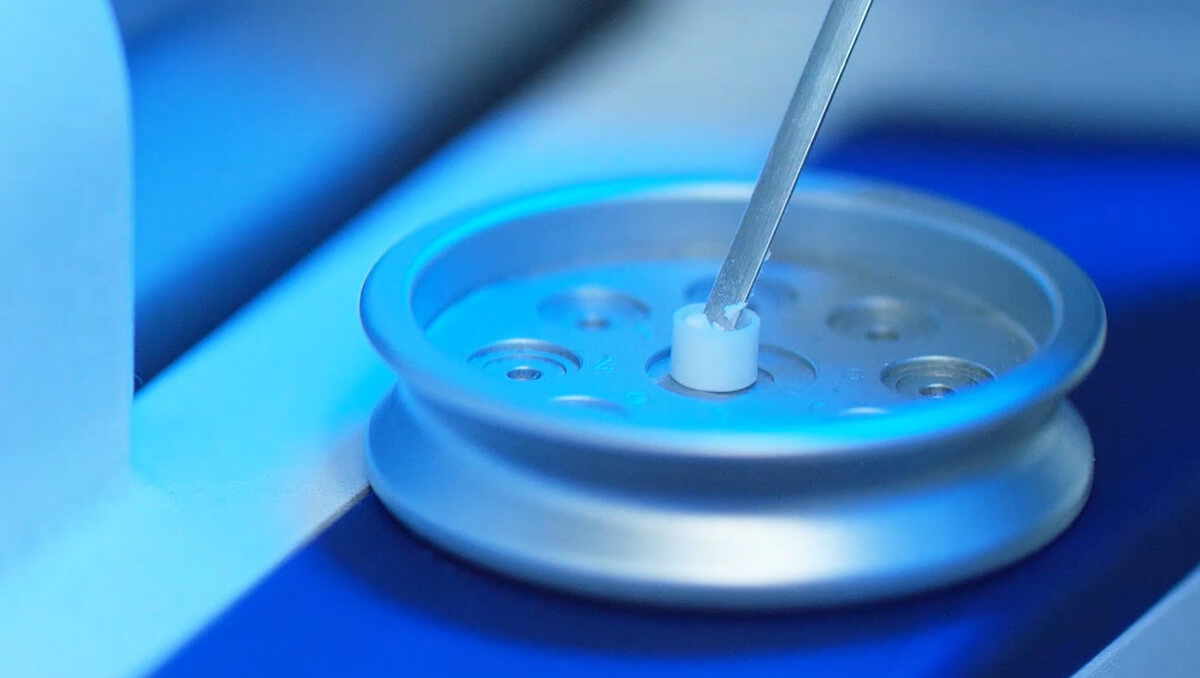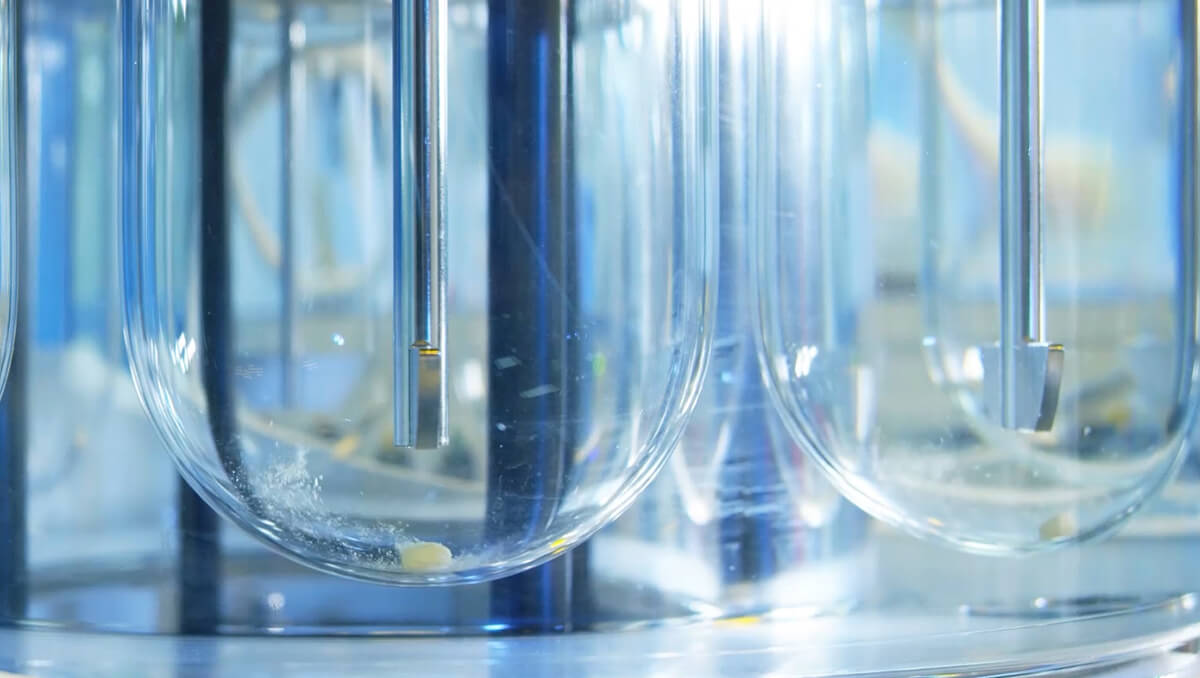How to accelerate the process of preclinical studies of new medicines
According to the drug development process, new drug development can be divided into preclinical and clinical studies. The former is the sum of all the research work done on a drug before it enters clinical trials, and the latter is the research work done on a drug in clinical trials. From the discovery of a drug's effectiveness in animals to its testing in human clinical trials, researchers do a great deal of work to ensure that the potential for a cure to be effective is maximized while minimizing the potential for harm.
Medicilon is a preclinical research outsourcing (CRO) company that can provide customized preclinical trial service solutions to clients with years of experience in R&D technology and expertise in drug metabolism, Pharmacokinetics, pharmacodynamic studies, and toxicology. Preclinical studies of new drugs are essential to obtain the safety and efficacy of drugs, so how can we speed up the process?
1,Finding the best compound
Finding the best compound is the first stage of preclinical studies, where each newly developed drug must be tested to see if it is more effective than the original (drug) or has other more desirable properties. Consideration is also given to whether this newly developed drug is less likely to cause harm, gets better access to the parts of the body that need it, is more potent to the point that the same effect can be achieved with a smaller dose, etc.

Finding the best compound involves a series of steps to optimize the drug, usually by conducting a series of experiments to tweak the original molecule of the drug chemically. Each new compound family needs to be tested until the developer selects the "optimal" compound with the highest probability of working and the lowest probability of side effects, and the developer may select one or more development candidates simultaneously.
2, ADME studies, whether or not they have drug properties
"ADME" stands for Absorption, Distribution, Metabolism, and Excretion. This step is usually studied in parallel with the optimization process and includes a standardized study to determine how "druggable" the compound is. Druggability is a combination's ability to translate into a drug that a physician can prescribe.

ADME studies need to find out the following:
(1) whether the compound is stable (will it degrade before being used in patients);
(2) Determine what happens if it degrades, such as whether it will be converted to some toxic substance;
(3) Determine where the compound enters the body (does it reach the muscles where it is needed, or does it inappropriately accumulate in the liver)
(4) Determining what happens over time after the drug enters the body (does it accumulate until it becomes toxic? Can the patient excrete excess components)
If a compound fails in the ADME study, other development candidates may succeed so that the investigator may return to the optimization process. At the end of this phase, the investigator will have the lead compound with the most drug-forming properties capable of further development.
3,Route of Administration
Choosing the appropriate drug delivery method depends on the type of therapy under investigation, and the delivery method can be straightforward but also very complex. The feasibility of the drug delivery method depends on the nature of the treatment itself and the part of the body where the drug needs to reach. Generally, low doses can be obtained by swallowing a pill, but if high doses are required to act on specific tissues, such as a single muscle, the best way is to inject the drug directly into the muscle. Some medications, such as protein therapies, are digested by the gastrointestinal tract and therefore need to be administered by other means, such as intravenous or subcutaneous injections. Other drugs that must act in high concentrations on specific body tissues are best administered by direct injection into the appropriate site.
As a result, developers must carefully assess how best to deliver the drug, which can only be effective if it reaches the required high enough levels. If the medicine comes too high, there is again a risk of harmful effects.
4, Pharmacokinetics and pharmacodynamics: determining dose and timing
Pharmacokinetics studies a drug's concentration in the body at different time points. Pharmacodynamics, on the other hand, examines the relationship between the attention of a drug and its pharmacological effects. These studies look at conditions after drug administration, such as how long the pill stays in body tissues, how often it should be administered to maintain adequate concentrations of the desired efficacy, what dose should be used, how often it should be allocated to exert its effects, and what amount will cause side effects.
These studies are designed to determine the dose and frequency of administration. These studies are usually conducted in animal models, and based on the dose data obtained from animal experiments, calculations are made to predict the dosage for humans.
5, Formulation: Obtaining all the right ingredients
This step can be performed in conjunction with delivery and dosing studies and is primarily concerned with how the final drug is made. All medications contain excipients other than the active drug, packaging components to make tablets, fluids to convert into intravenous fluids and other elements that may help the drug reach or diffuse through the tissues to the desired location. Developing safe formulations that allow the drug to get to the correct place is critical to ensuring the drug works for the patient.
6, Toxicology: what are the side effects
Toxicology research is the most apparent stage of preclinical development, determining whether toxicities prevent the drug's effect. Typically, developers will conduct some toxicology studies at the premature optimization stage to see if the drug has a good safety profile, and unsafe candidates will not move forward in the study. More formal toxicology studies will then be conducted for drugs that are eventually used in clinical trials in the unlikely event that the drug ingredients are mixed with excipients in the formulation to produce toxic effects.
In toxicology studies, developers will look at a variety of different doses. Typically, they will try to find the upper limit of the toxic amount to know the maximum quantity that can be used in humans (which will be significantly lower than the level at which adverse reactions were first observed in animals). Animal studies cannot reveal all safety issues. Sometimes, for example, there are drugs that researchers do not identify as side effect signals until human trials begin. Then attempts are made to return to animal models to solve the problem. Toxicology studies were initially designed to reduce the likelihood of this happening.
7, Pharmaceutical manufacturing: can a consistent drug be produced in large quantities
Pharmaceutical manufacturing is one of the more usual stages of drug development, but it is critical. No one will want to take a drug that may contain a toxic excipient, nor will anyone want to take a pill with an undetermined amount of active ingredients. Therefore, even at the preclinical study stage of a new drug, developers must demonstrate that they can produce a compositionally precise and identical drug at all times, even in a mass production situation.
Preclinical studies of new drugs are:
- Chemical synthesis,
- Natural product purification studies.
- Drug analysis studies.
- Pharmacodynamic, pharmacokinetic, toxicological, and pharmacological studies performed before a drug enters clinical research are the first challenges faced in drug development and are, therefore, critical.

